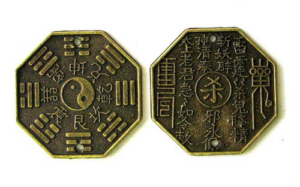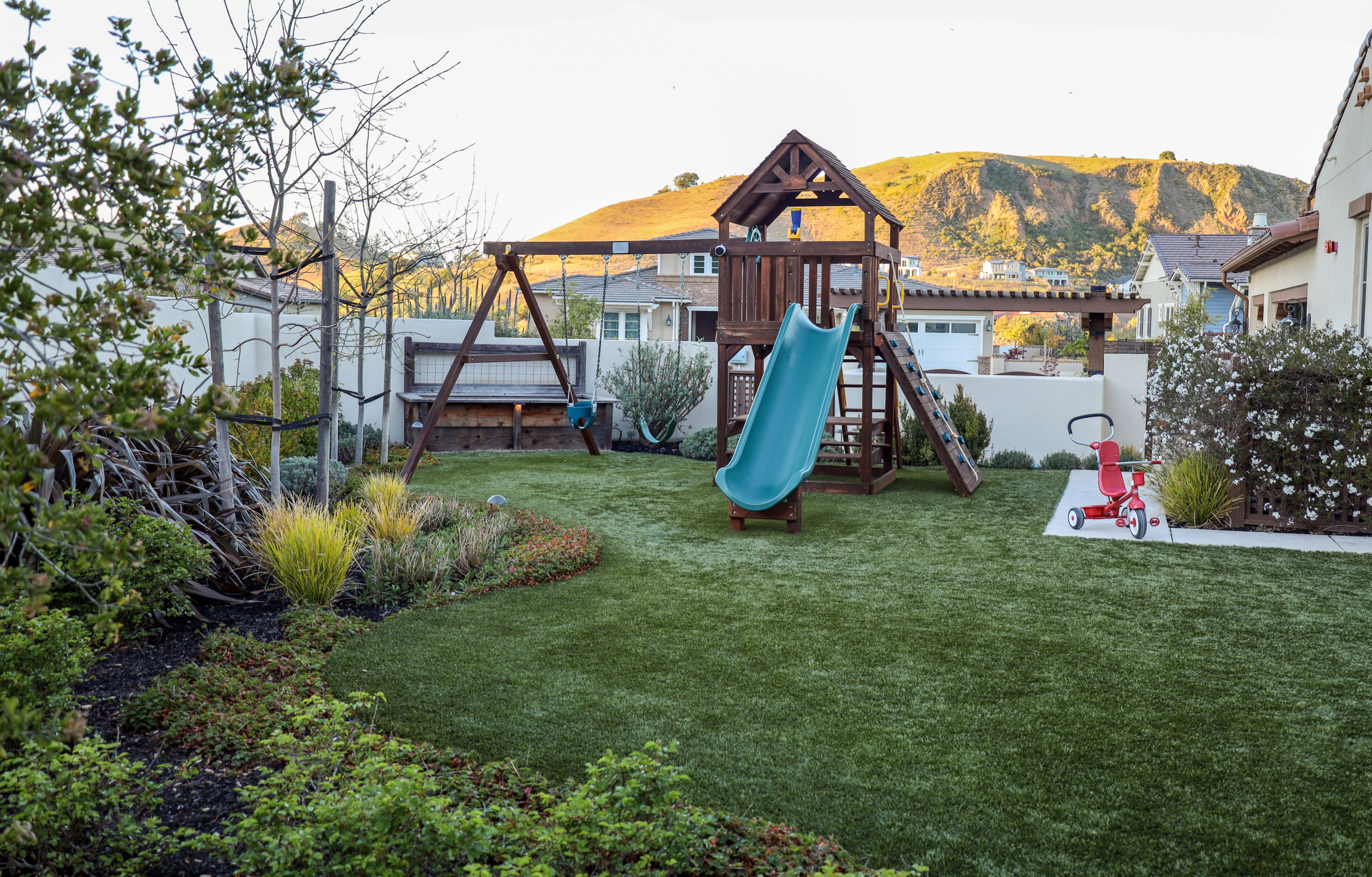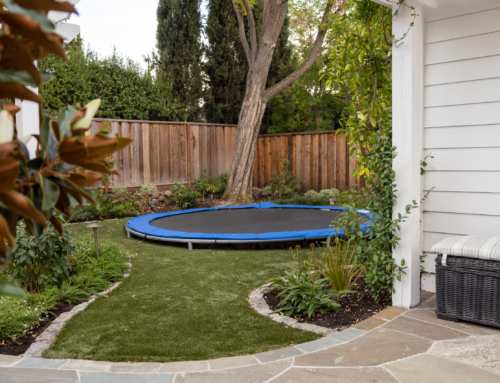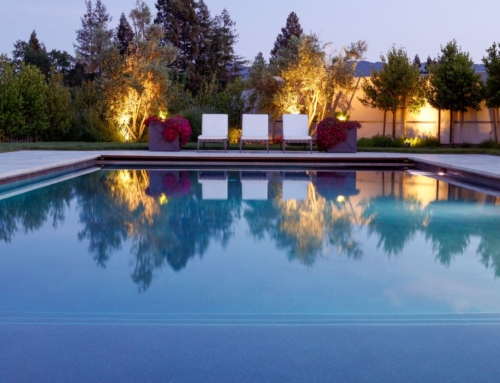Feng Shui for the Landscape
Feng Shui is often discussed in relation to Interior Design, and whether or not you believe in the life-enhancing powers of orienting elements, there are many Feng Shui principles that may surprise you with their ability to enhance your landscape as well as your interior. It’s not everyone’s cup of tea and we are by no means masters, but we do know some of these principles can be used to enhance the landscape as an extension of the home. Here are some very simple concepts we have adopted from Feng Shui for anyone interested in giving it a try.
Feng Shui (translated as wind-water) appeared in China more than 6,000 years ago. Feng Shui recognizes eight magnetic directions, with corresponding elements and themes, which, if used in design, are thought to promote the flow of Qi (Chi), or beneficial energy, through a space. As designers, we, of course, want to promote flow and ambiance, and Feng Shui in good taste has many principles that can enhance the experience within the landscape as well as within the home.
Feng Shui can enhance the flow in and out of a structure – key to the outdoor living experience!
Directional Basics
There are multiple schools of Feng Shui, and the Compass School is most commonly used in designing around an existing structure, like a house. The first step of compass Feng Shui involves establishing a center point from which the eight directions will extend. A specialized magnetic compass (Luopan) may be used for establishing these directions, or one can use a regular magnetic compass to establish directions in a more general manner.
The first step is establishing the direction of the front door and the center of your home and surrounding yard. This resource is great if you want to do so with great accuracy: Feng Shui Basics
You can most easily use blueprints or a sketch of your home’s floor plan to determine the approximate center of your space. From that point, divide your property into eight evenly spaced directions (N, NE, E, SE, S, SW, W, NW) stemming from your central point. In the landscape, accuracy tends to blur as these directions cover a broad area, so don’t worry if you’re not certain where South and Southwest exactly divide. If you have a really large backyard, you may consider giving it its own center in this way, but this will make it its own space rather than an extension of your interior.
As south is considered a powerful direction, Feng Shui compasses often orient it at the top rather than north—don’t get confused!
Once you’ve established which part of your landscape lands in which direction, the fun part begins! The energy associated with each direction can be enhanced in different ways, with natural elements, specific colors, or spatial purpose. For example, west is the direction associated with creativity and children, so it might be the ideal spot for a play area, while northeast, associated with spirituality, might be the best location for a meditative bench or reading nook. If planning a garden, choosing plants that correspond with directional colors would be another way to go. There are many interpretations, and we won’t pretend to have all the answers, but we enjoy incorporating these elements as per our clients’ request.
Pink roses would be a landscape choice for a southwest sector. This direction, associated with relationships, might also be a place for a cozy rose-colored accessory.
Other Principles
While the 8 Bagua directions are certainly at the heart of Feng Shui, there are other design principles that are recognized in this tradition that you can incorporate even if you don’t have your landscape set up in this way. Here are some concepts we use every day in Landscape Architecture, which will surely help enhance your outdoor living experience.
Entering
The importance of doors in Feng Shui is famous, and as in other forms of design, doors can be powerful. In Feng Shui, doors and gates serve as portals for Qi to flow through. Incorporating a directional color or element into a door or gate can create a presence when entering your home or landscape. This arbor-framed gate provides a strong effect, and the color would be appropriate for a west or northwest sector.
If your gate were in the Northern sector and you weren’t big on the color black, there are other ways to bring in the Northern element of water—perhaps by orienting a fountain or water-smoothed boulder at its base, or incorporating a unique piece of driftwood into its construction. With her northeast-facing door, one of our designers hangs a black strand of Tibetan bells, promoting guidance in travel.
Exiting
When you are really enjoying a space, it goes without saying that you don’t want to think about leaving. While blocking an exit is also undesired, Feng Shui often softens or shields exits, particularly if they are within view of a gathering or resting area. Here, the vining florals are placed in a position to shield the path of the gate, creating a distraction for the eye and softening the hard lines of the exit behind them.
Lightening
Movement and lightness within a landscape are crucial elements, and Feng Shui promotes the inclusion of softening elements to promote energy flow in places that feel dull or stagnant. These grasses might create a perfect screen or add interest with their movement in the slightest breeze.
Weighting
In contrast to softening elements, introducing bold weight and structure in the right location is sometimes necessary. These tiered metal planter boxes with their calming but strong presence would be perfect in a western Bagua sector.
We hope you can use these age-old principles in your home landscape! As your outdoor space is part of your home, you may extend your existing interior Feng Shui out into your landscape. Or if you’re new to the idea, try out an element in its corresponding sector to see if it enhances your life. We enjoy trying new things! Good luck!















